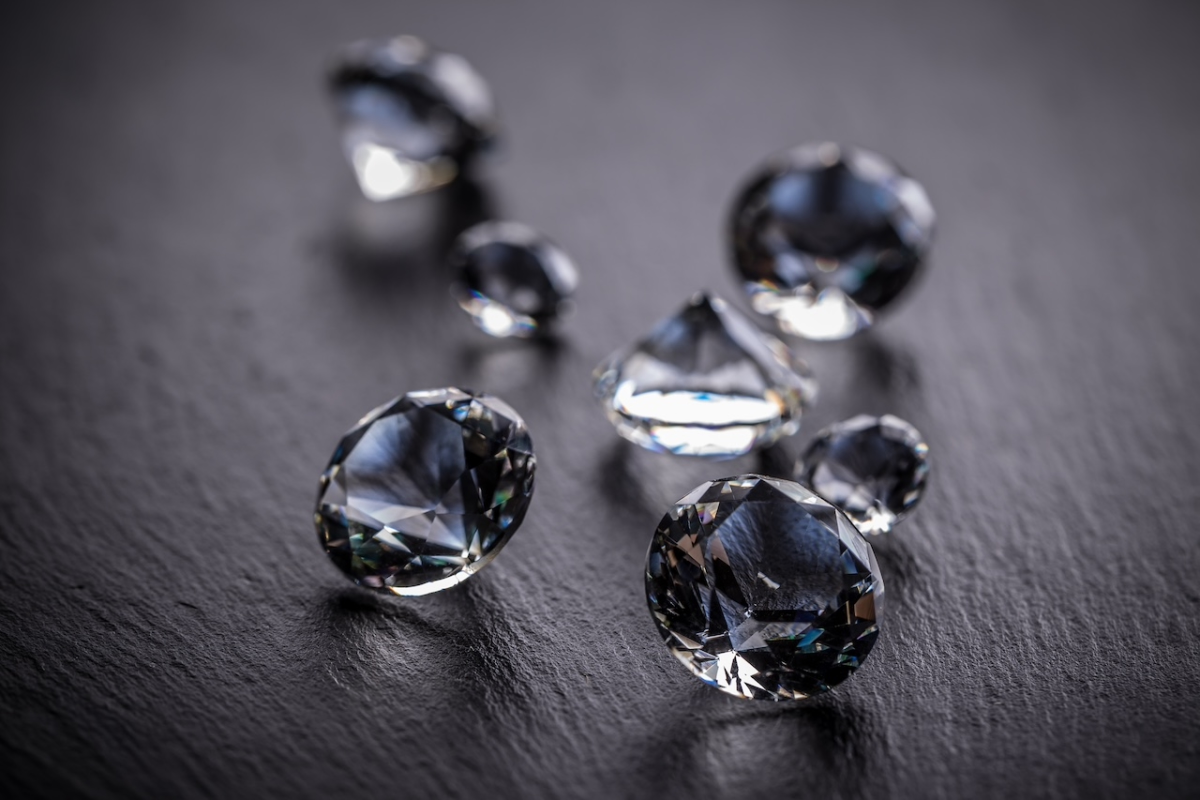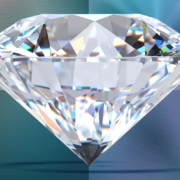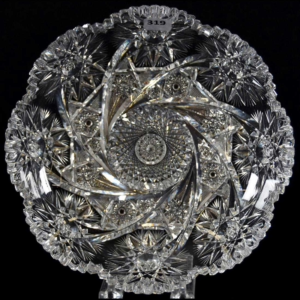The Future of Lab-Grown Diamonds
The Future of Lab-Grown Diamonds
The future of lab-grown diamonds looks promising and dynamic, with several key trends shaping the industry. As technology improves and consumer preferences evolve, lab-grown diamonds are expected to become more mainstream, offering new opportunities for both investors and consumers. Here’s a look at the major factors influencing the future of lab-grown diamonds:

1. Growing Market Demand
- Sustainability and Ethical Considerations: As consumers become more environmentally conscious, the demand for sustainable and ethical products continues to rise. Lab-grown diamonds, which don’t involve mining, are increasingly viewed as a responsible alternative to natural diamonds.
- Younger Generations: Millennials and Gen Z are more likely to value ethical sourcing, making them a key demographic for lab-grown diamonds. These consumers often prefer lab-grown diamonds over mined ones due to the environmental and ethical implications of diamond mining.
- Affordable Luxury: Lab-grown diamonds offer consumers a way to enjoy the luxury of diamonds at a fraction of the cost, making them an attractive option for those seeking high-quality jewelry at lower prices.
2. Technological Advancements
- Improved Production Techniques: As production techniques like Chemical Vapor Deposition (CVD) and High-Pressure High-Temperature (HPHT) continue to evolve, the ability to produce larger, more flawless diamonds will improve. The development of these technologies will lead to even higher-quality lab-grown diamonds that are virtually indistinguishable from natural diamonds.
- Customization and Innovation: Lab-grown diamonds are often easier to customize in terms of size, shape, and color. Future advancements may allow for more tailored options, catering to individual tastes and preferences.
- Cost Reductions: As the technology matures and economies of scale come into play, the cost of producing lab-grown diamonds will continue to fall, making them even more accessible to a broader range of consumers.
3. Market Expansion
- Mainstream Acceptance: Lab-grown diamonds are already gaining traction in certain markets, but their growth is expected to accelerate globally. As consumer education increases and the stigma surrounding synthetic diamonds fades, lab-grown diamonds will likely become just as desirable as natural diamonds in the eyes of many buyers.
- Fashion and Trends: High-profile designers and celebrities are already embracing lab-grown diamonds in their collections. As the trend gains visibility, it could encourage wider adoption of lab-grown diamonds in mainstream fashion and jewelry.
4. Increased Investment and Market Infrastructure
- Investment Opportunities: The rising popularity of lab-grown diamonds is attracting more investors, especially those interested in the growing sustainable luxury market. As the technology improves, lab-grown diamonds could see greater price stability and even appreciation, particularly for branded or high-quality stones.
- Secondary Market Development: The resale value of lab-grown diamonds is currently lower than that of natural diamonds, but as the market matures, there may be more infrastructure for reselling these diamonds. Over time, secondary markets could develop that help stabilize prices and offer more liquidity to investors.
5. Ethical and Regulatory Factors
- Increased Transparency: As the industry grows, transparency and trust in the origin and quality of lab-grown diamonds will be key. More stringent standards for certification and labeling could help consumers make informed decisions.
- Regulation and Standards: Governments and international bodies may introduce regulations to ensure ethical and environmentally responsible production of both lab-grown and natural diamonds. The rise of certifications from independent organizations, such as ICIA or GIA, will likely play a crucial role in maintaining transparency in the market.
6. Competition with Natural Diamonds
- Price Parity: While lab-grown diamonds are more affordable than natural diamonds today, over time, as production improves, the price gap could shrink, making them even more appealing to a wider audience. However, natural diamonds still have an edge when it comes to rarity and long-term value, which could continue to appeal to traditionalists.
- Consumer Perception: Despite their many advantages, lab-grown diamonds still face a perception challenge. Some consumers see natural diamonds as more “authentic” or “rare,” which could affect lab-grown diamonds’ market share in the luxury segment. However, this perception is changing as lab-grown diamonds become more mainstream.
7. Sustainability and Environmental Impact
- Carbon Footprint: Lab-grown diamonds are already considered more sustainable than natural diamonds due to their lack of mining, but the carbon footprint of their production still needs to be addressed. As technology improves, companies are focusing on making the production process more energy-efficient and sustainable. Companies using renewable energy to power diamond growth are already gaining attention for their environmental efforts.
- Zero-Waste Initiatives: As sustainability becomes an increasingly important factor in consumer decision-making, lab-grown diamond producers may also adopt circular economy models, where old diamonds are recycled or re-used in new jewelry, reducing waste and further enhancing their eco-credentials.
8. New Applications Beyond Jewelry
- Industrial Uses: Lab-grown diamonds are already used in various industrial applications, such as cutting tools, electronics, and heat sinks, due to their hardness and thermal conductivity. The future will likely see more innovation in using lab-grown diamonds in industries like quantum computing, medical devices, and even space exploration.
- Technology Integration: As diamonds continue to be used in high-tech applications, the demand for synthetic diamonds in these fields could increase, expanding the market beyond traditional consumer jewelry.
Challenges and Considerations
- Market Saturation: As the lab-grown diamond market grows, there’s a risk of oversupply, which could depress prices. Companies in the industry will need to innovate continually to maintain demand.
- Perception of Value: Lab-grown diamonds may still face challenges in being accepted as equal to natural diamonds in terms of long-term investment value. Consumers may still view natural diamonds as more “timeless” or “authentic,” which could limit the growth of the lab-grown diamond market in certain luxury sectors.
Conclusion
The future of lab-grown diamonds is full of potential, driven by technological advancements, ethical considerations, and shifting consumer preferences. As sustainability becomes a more prominent factor in purchasing decisions, lab-grown diamonds will continue to gain traction. Over the next few decades, they could very well become a dominant force in the diamond market, reshaping how diamonds are viewed, sold, and used across various industries. However, challenges such as consumer perceptions and competition with natural diamonds will need to be navigated for the market to reach its full potential.



Leave a Reply
Want to join the discussion?Feel free to contribute!